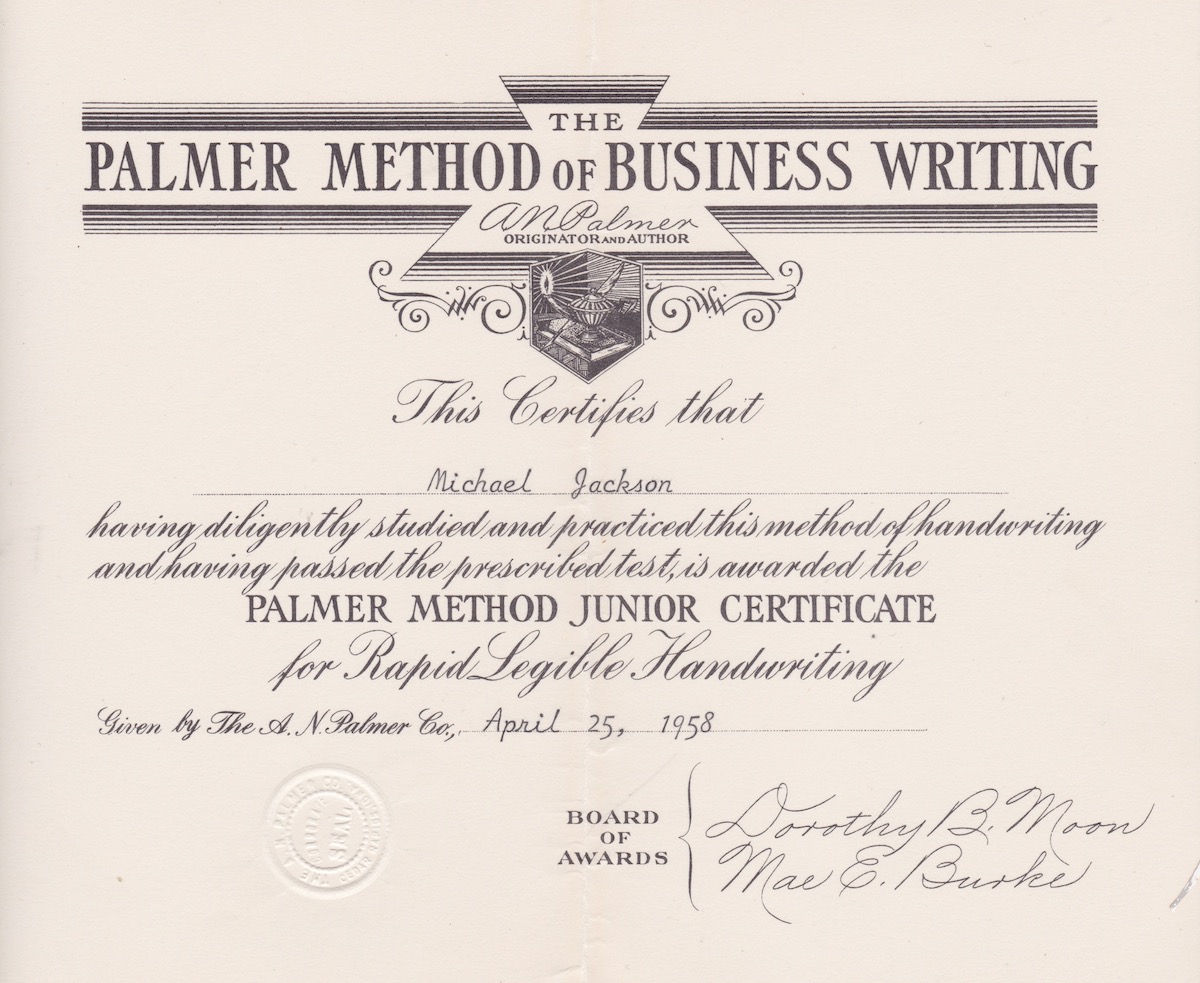

These applications approximate the work and flow of a paper notebook and make taking handwritten notes quick and easy. This comes in the form of applications like Microsoft's OneNote and Word, Evernote, and others. They can act as a pen, a pencil, a brush, or a computer mouse, to point and click.ĭigital Paper-For digital pens to work well they require the digital equivalent of paper. Digital pens are now inextricably part of how certain computers like the Microsoft Surface Pro, iPad Pro, or Samsung tablets operate. These smart digital pens allow pressure sensitivity, giving different line widths and colors choices, to better approximate using a real pen, pencil or even a brush. These include Microsoft's Surface Pen, Samsung's S-Pen, the iPad Pencil and others. New technologies such as digital pens, digital paper, handwriting recognition and more, are pushing handwriting, as well as how we record our thoughts, into the 21st century.ĭigital Pen-A digital pen captures analog handwriting and translates it into digital data that can be displayed as handwriting or converted to text.

They are both adapting to new technologies and our relationship with them is changing. However, pen and paper are far from dead. Who will remember things like the flow of a great fountain pen, the smell of a freshly sharpened pencil, the feel of writing on a crisp piece of linen paper? They already seem like relics of a bygone time. We don't handwrite and send letters-we send emails. Today, kids don't write notes to pass in class, they text.

"Keyboarding" became the new standard for handwriting and typewritten text and it is now taught almost universally in schools, while the use of handwriting with pen and paper is rapidly declining and is no longer even being taught by many schools. The typewriter gave way to the modern computer keyboard, which was even faster and more efficient.

While the typewriter and "Palmerized" handwriting reigned for much of the 20 th century, they were both eclipsed by a new and also revolutionary technology-the personal computer. While it was a beautiful and flowing form of handwriting, it was very slow to use and required a significant investment in time to learn. In the United States from about 1850 until around 1925, handwritten note-taking and correspondence for business was dominated by a handwriting method called Spencerian Script. This is not the first time that technology has superseded handwriting. The efficiency of the keyboard has driven the more laborious chore of handwriting towards extinction. It seems that handwriting is giving way to keyboarding as computers have proliferated over the last few decades and email, Twitter and texting have become the standard for how we communicate the written word. In a further indication of this decline, school systems increasingly have decided to stop teaching handwriting. Writing by hand, however, appears to be on the decline as sales of paper and pens are falling off. It really requires nothing more than a pen and some paper. » About Practice Innovations » Editorial Board » Past Issues » Reader Feedback Is Virtual Reality Finally Ready for Business Use?Ĭloud Choices Mature: What Works for the New Legal Business Model? Too Much Computer Security? A Request for Better Customer Relations


 0 kommentar(er)
0 kommentar(er)
